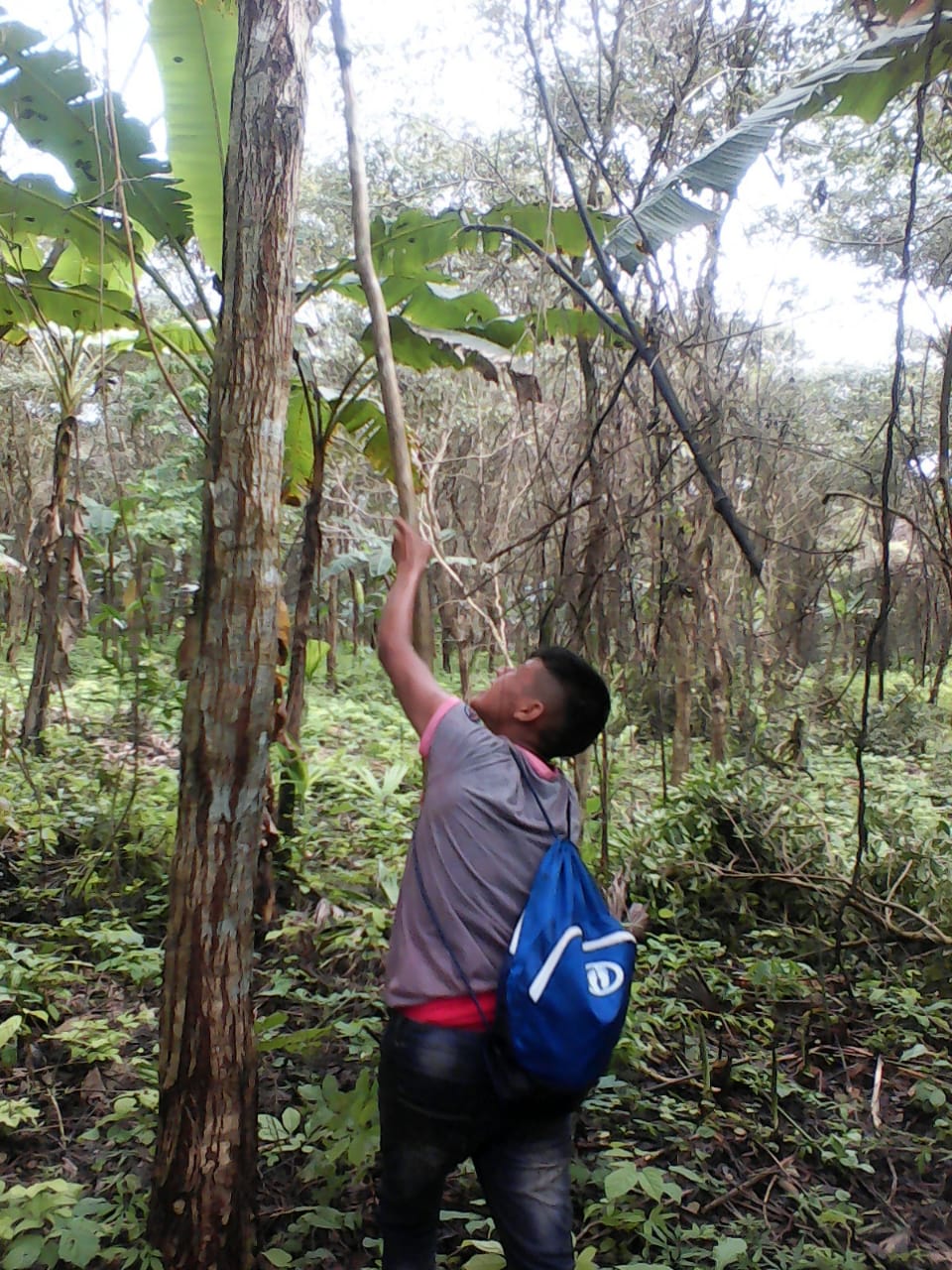Arimae in the News for Forest Carbon Inventory Project
/Arimae and its forest reservation were recently featured in a blog and a video feature related to forest monitoring. Planting Empowerment supports the building of this skill set within the community as a manner to generate better land management planning.
The blog through written by the Environmental Defense Fund, Organization of Embera and Wounaan Youth of Panama, and the Smithsonian Tropical Research Institute describes the forest monitoring training and data collection that took place in early April. It was the first of many training and data collection plots that would be done through Indigenous Territories throughout eastern Panama. The results of the data collection and training process will probably be presented at the UN Framework Convention on Climate Change conference being held later this year in Lima, Peru.
The UN-REDD program of Panama released this video of a different type of forest monitoring that was executed in Arimae’s forest reserve. The video includes a number of interviews with members of the Arimae community with whom Planting Empowerment has collaborated with for a number of years. The video also includes some interesting filmography done from a drone which shows some great shots of the community and the deforestation that is taking place in their reserve.
We’re encouraged to see this type of activity happening in Arimae’s collective lands because they help the community conserve its remaining, but dwindling, forest reservation.



